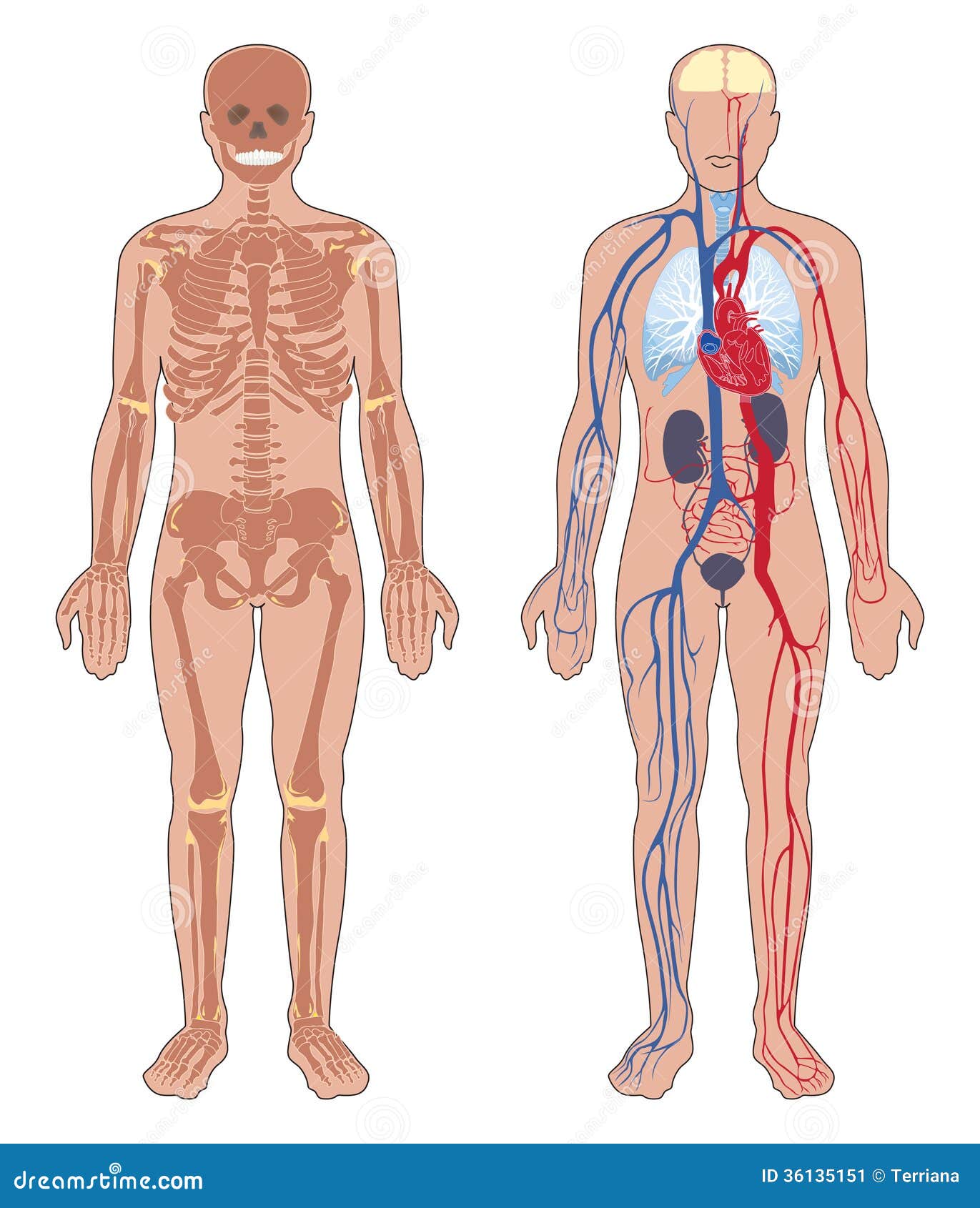
A system is an organization of varying numbers and kinds of organs so arranged that together they can perform complex functions for the body.An organ is an organization of several different kinds of tissues so arranged that together they can perform a special function.The human body is a single structure but it is made up of billions of smaller structures of four major kinds: cells, tissues, organs, and systems.Here is what we have learned from Introduction to the Human Body: The _ cavity is directly below the thoracic cavity.Acknowledgements Review: Introduction to the Human Body.

The vertebral column surrounds the spinal cavity. A body cavity must open to the outside world. The stomach is located in the dorsal cavity. What are the names given to the three body cavity divisions where the kidneys are located?.What are the names given to the three body cavity divisions where the heart is located?.Which body cavity does the needle enter in a lumbar puncture?.Explain why a woman’s body can accommodate a full-term fetus during pregnancy, without damage to her internal organs.What do you think might happen if fluid were to build up excessively in one of the body cavities?.Identify and describe all the tissues that protect the brain and spinal cord.Describe the subdivisions of the dorsal cavity and its contents.Identify the subdivisions of the ventral cavity and the organs each contains.Compare and contrast ventral and dorsal body cavities.If someone you know is diagnosed with meningitis, see your doctor for advice if you are concerned about contracting the disease. Giving antibiotics to people who have had significant exposure to certain types of meningitis may reduce their risk of developing the disease.
#Anatomy body professional
Ask your health care professional whether you have had the vaccine or should get it. Some types of meningitis can be prevented with a vaccine. Supportive measures such as IV fluids may also be provided. Corticosteroids may also be administered to reduce inflammation and the risk of complications such as brain damage.

If meningitis is diagnosed, treatment consists of antibiotics and sometimes antiviral drugs. The fluid is analyzed for the presence of pathogens in a medical lab. Meningitis is diagnosed with a lumbar puncture (commonly known as a "spinal tap"), in which a needle is inserted into the spinal canal to collect a sample of cerebrospinal fluid. Young children often exhibit less specific symptoms, such as irritability, drowsiness, or poor feeding. Other symptoms may include confusion or altered consciousness, vomiting, and an inability to tolerate light or loud noises. Common symptoms include fever, headache, and neck stiffness. Learning the symptoms of meningitis may help you or a loved one get prompt medical attention if you ever develop the disease. Meningitis can also rapidly become life-threatening, so it is classified as a medical emergency. Meningitis can lead to serious long-term consequences such as deafness, epilepsy, or cognitive deficits, especially if not treated quickly. The meninges membranes that protect the brain and spinal cord inside their cavities may become inflamed, generally due to a bacterial or viral infection. The abdominal cavity holds digestive organs and the kidneys, and the pelvic cavity holds reproductive organs and organs of excretion.



 0 kommentar(er)
0 kommentar(er)
